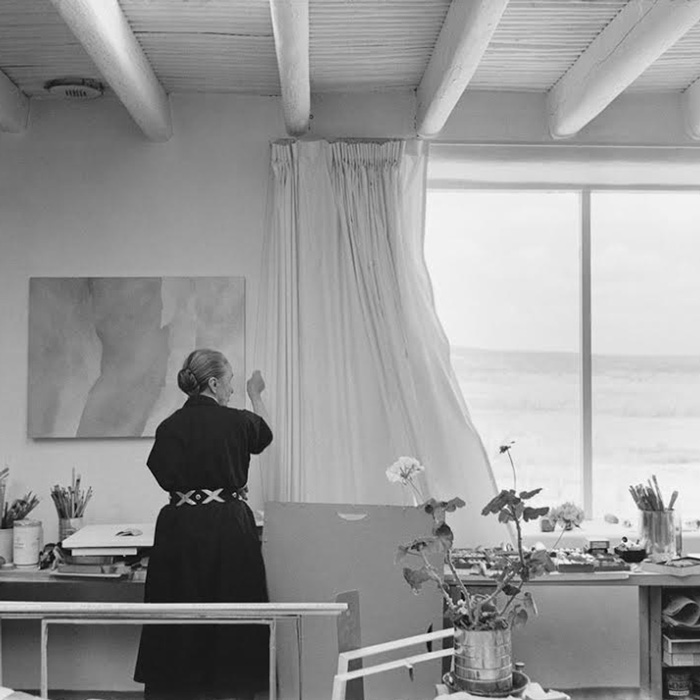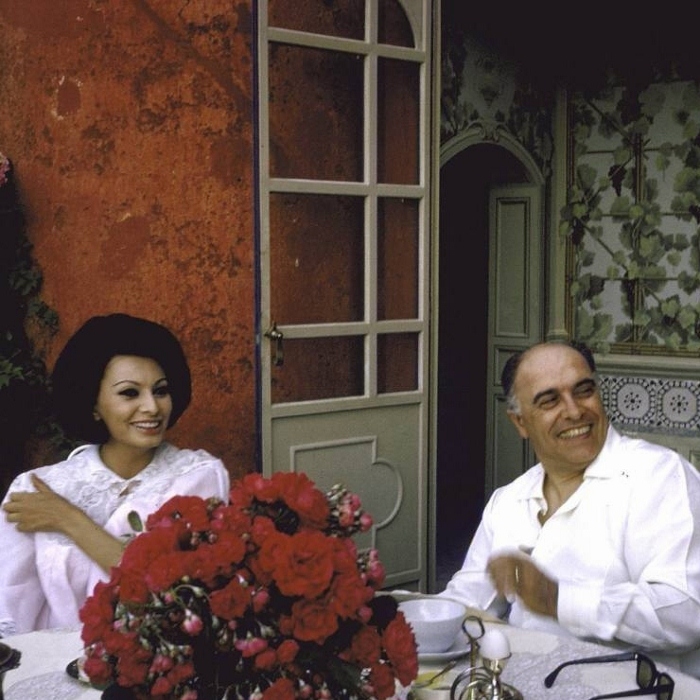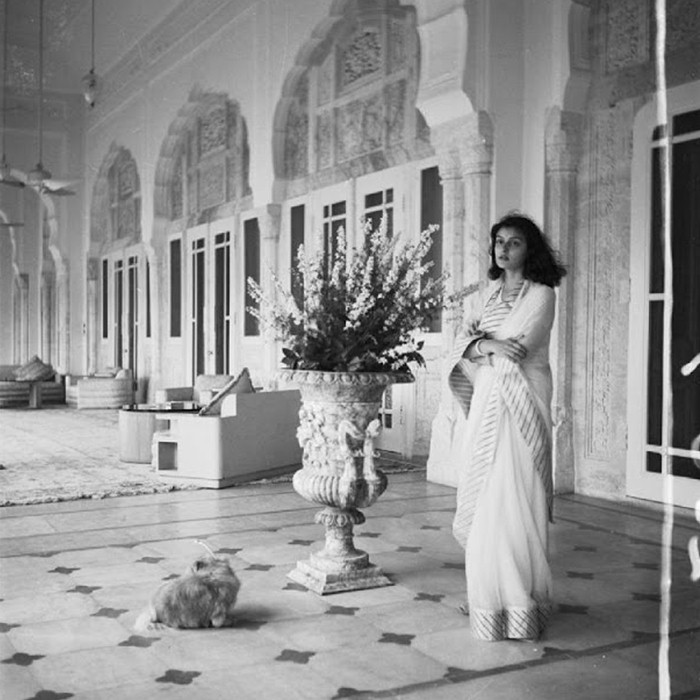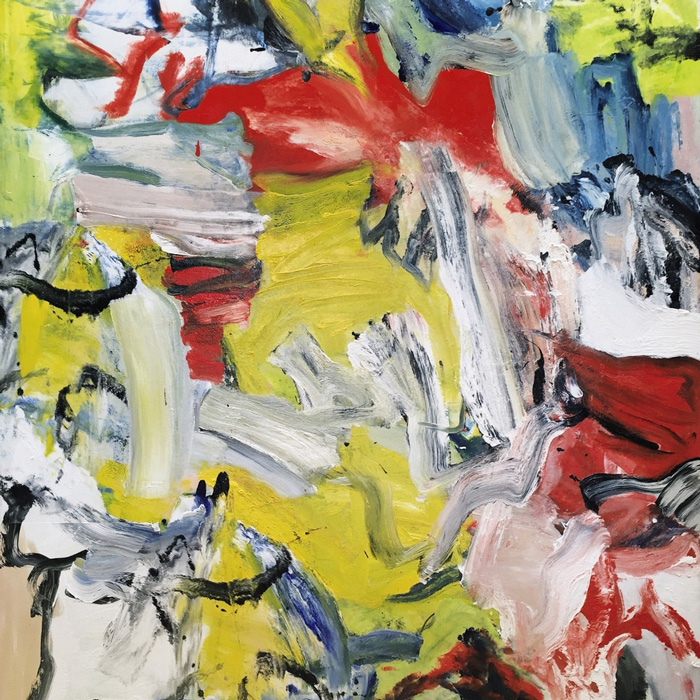Born in Sun Prairie, Wisconsin, in 1887, the second of seven children to her dairy farmer parents, Georgia Totto O’Keeffe started out life in just the sort of big plains country that would later define many of her most famous works. Often called the ‘Mother of American Modernism,’ her prolific career saw her produce some of the most famous artworks of her century, pieces that defined the American art movement at the time, blazed a trail for female artists and cemented her forever in the annals of her country’s cultural history. At KOTUR, her pioneering spirit has given us inspiration in so many ways over the years.
O’Keeffe knew she wanted to be an artist from the age of 10. Her official artistic education took place at the Art Institute of Chicago and then the Art Students League in New York, where she was taught in the school of traditional, realist painting. On leaving, however, she soon branched out. Her first exhibition, held in New York, 1916, was of a series of abstract charcoal drawings, and it changed her life. Not only did it mark her card as an artist at the heart of American modernism, but the gallery owner Alfred Stieglitz, though 23 years her senior and married at the time, would soon become her husband. By the mid 1920’s O’Keeffe was one of America’s most well known artists, her large-scale flowers and New York cityscapes already commanding huge commercial value. It is, however, her love affair with New Mexico that she’s probably best known for – both professionally and personally.
O’Keeffe discovered her beloved Santa Fe in 1929. Keen to escape the summers she’d been spending with her husband and his family on Lake George, she first visited that year and never really looked back, endlessly inspired by its raw, desert landscapes, indigenous art and distinctive local adobe architecture. Although Stieglitz would never join her there, she spent months each year touring the country before moving permanently after his death. In 1940, she put her roots down, purchasing the Ghost Ranch, followed by a second house in the village of Abiquiu in 1945. She would live between the two until 1984, when she moved back to Santa Fe where she died in 1986 at the age of 98.
Both houses display the sort of style that has become synonymous with O’Keeffe. Known for what Vogue described as her ‘monastic simplicity by way of the Southwest,’ she was a minimalist and her homes were the same. She fell in love with The Ghost Ranch, a low, unassuming house in the middle of nowhere on a dude ranch, at first sight, saying “as soon as I saw it, I knew I must have it.” For her, the place’s appeal lay in its oneness with nature. As she wrote to the painter Arthur Dove in 1942, “I wish you could see what I see out the window—the earth pink and yellow cliffs to the north—the full pale moon about to go down in an early morning lavender sky . . . pink and purple hills in front and the scrubby fine dull green cedars—and a feeling of much space—It is a very beautiful world.”
That beautiful world was as much a part of the house as it was its setting. Remote in the extreme, powered only by generator and miles from anyone else, it was a place of solace and for solitary living for O’Keeffe. Her corner bedroom featured two glass walls looking out onto the vast expanse of the hills around her and her own ‘private mountain,’ the Cerro Pedernal, although often, she would sleep up on the roof under the stars, before heading out in her Mark 2 Ford for a day painting outside. By night, she would retreat home to her simple, whitewashed walls, basic kitchen and sparse but carefully chosen furniture. Today, it is all kept much the same by the Georgia O’Keeffe Museum and Cultural Centre, who have restored both of her houses to their former glory. Visitors to them can’t help but notice the extraordinary, zen-like yet earthy quality they exude. They are struck by their dreaminess and their otherworldly calm, by a sense that makes them feel at once overawed by and totally at peace with the dramatic countryside they sit in. You could say exactly the same for O’Keeffe’s body of work.
Photo Courtesy of Getty Images, Georgia O’Keeffe Museum





